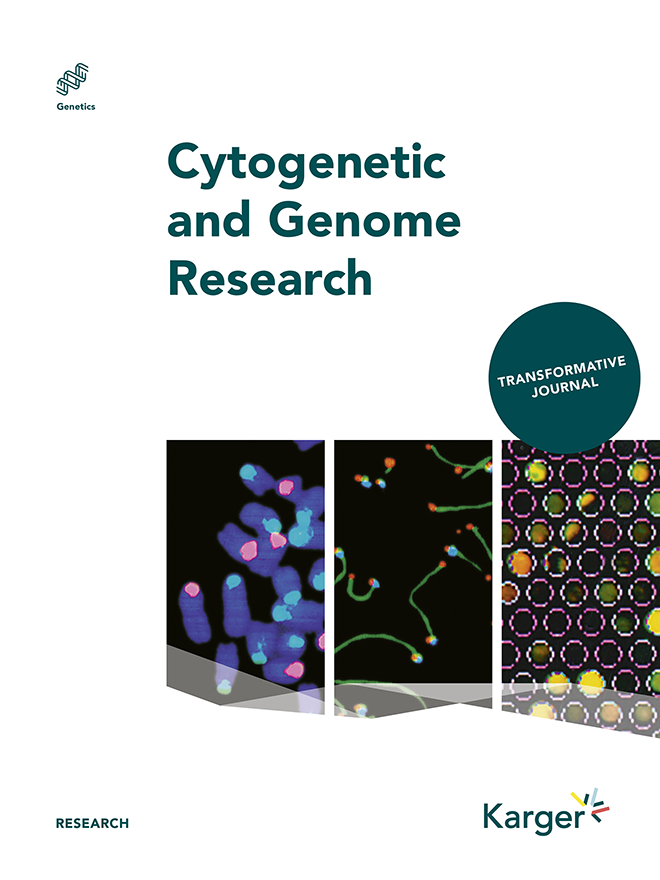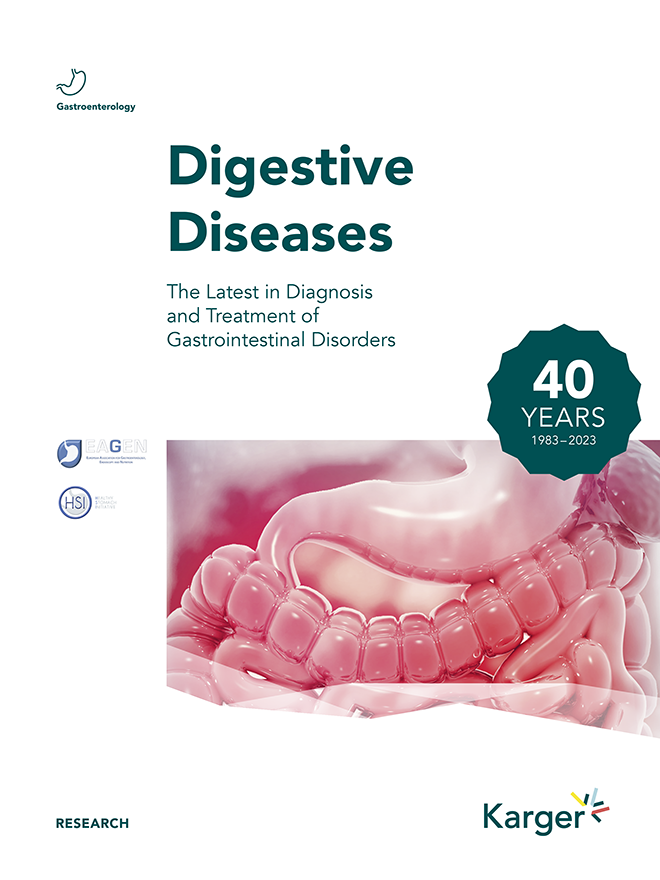Our Transformative Journals
As part of Karger's commitment to supporting authors and organizations by facilitating all Open Access mandates and Karger’s efforts to drive forward a sustainable Open Access transition, Karger is integrating the Transformative Journal approach to an open future as defined by Coalition S. Transformative Journals commit to a number of criteria, including an annual increase in the share of Open Access content and implementation of a fully Open Access model for the journals at the latest when 75% of their articles are published Open Access.
Find more information about transformative Journals on the Coalition S website.
Transformative Journal Open Access Targets
| Transformative Journal | Total Number of Research Articles Published in 2021 | Number of OA Research Articles Published in 2021 | % of OA Research Articles in 2021 | % of Articles to Publish OA (CC BY) in 2022 to Meet Target | Number of OA Articles (CC BY) to Publish in 2022 to Meet Target* |
|---|---|---|---|---|---|
| Annals of Nutrition and Metabolism |
112 |
5 |
4.46% |
10% |
12 |
| Cardiology |
102 |
7 |
6.86% |
11.86% |
13 |
| Cytogenetic and Genome Research |
66 |
4 |
6.06% |
11.36% |
8 |
| European Addiction Research |
44 |
5 |
11.36% |
16.36% |
8 |
| Neurodegenerative Diseases |
26 |
1 |
3.85% |
10% |
3 |
| Sexual Development |
65 |
0 |
0% |
10% |
7 |
| Skin Appendage Disorders |
127 |
6 |
4.72% |
10% |
14 |
*Based on the total number of research articles published in 2021. The target number is subject to change, depending on the total number of research articles published in 2021.
Karger will report annually on Open Access developments in the Transformative Journals. For these purposes, 2021 is considered ‘Year 1’.
Please note that only articles published under the CC BY license pertain to the targets, which are defined under Plan S. Most Open Access articles published through mid-2021 were published under a different Creative Commons license.
Fair and Transparent Hybrid Journal Subscription Pricing
Karger Publishers is active on many fronts for a transition to Open Access that is both sustainable and fair. One step towards the transition is hybrid Open Access, through which authors can choose in some journals to publish under a subscription or an Open Access model.
To ensure that we do not unfairly charge stakeholders twice for the same service – known as ‘double dipping’ – we adjust subscription prices for these journals based on the proportion of revenue generated from Open Access fees in those journals compared to the revenue generated from subscription and licence fees. Prices are adjusted annually based on the percentage change between the two most recent periods. To prevent excessive annual price changes year-on-year, the comparison is made over two rolling three-year periods.
With this method, we hope to smooth out volatility to facilitate budgeting and make pricing fair for all.
Contact
For questions about our Transformative Journals contact our Open Access team.












